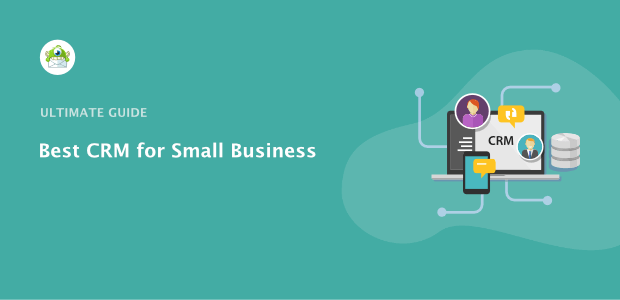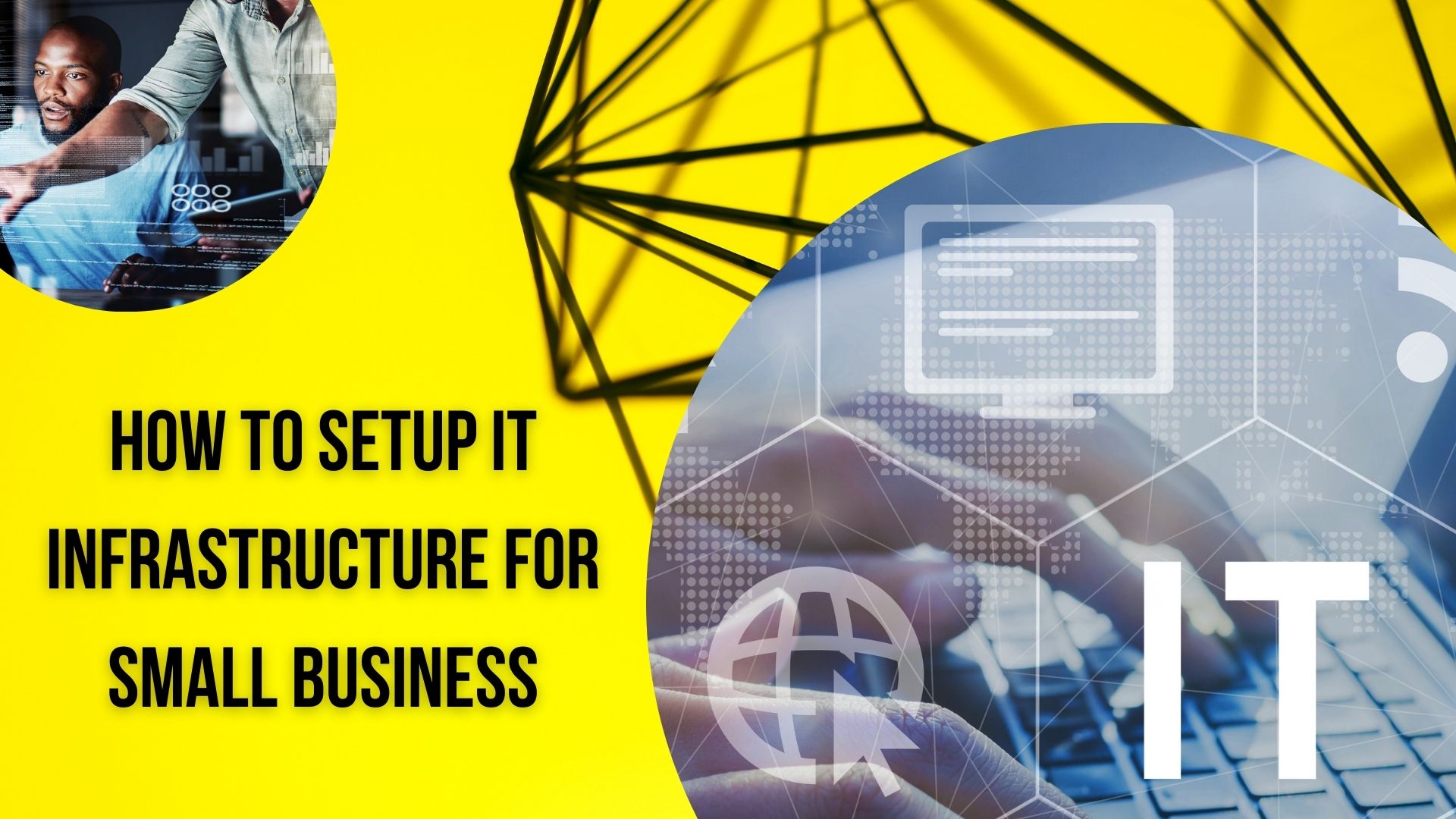To set up IT infrastructure for a small business, start by assessing needs and budget. Choose scalable solutions to support growth and future technology integration.
Setting up IT infrastructure for a small business is critical for operational efficiency and scalability. By considering the unique needs and financial capacity of your business, you can determine the essential components required for a robust infrastructure. These typically include hardware such as servers, computers, and networking equipment, alongside software solutions for customer relationship management (CRM), data storage, and security.
For businesses today, the importance of reliable IT infrastructure cannot be overstated—it serves as the backbone for communication, data management, and customer service. With the advancement of cloud services and virtualization, even small businesses can leverage high-end IT solutions that were previously accessible only to large enterprises. Ensuring that your setup is secure, flexible, and capable of handling the demands of your business operations will pave the way for success and growth.
Introduction To It Infrastructure For Small Businesses
IT infrastructure plays a pivotal role in the success of any business in today’s digital age. Small businesses, in particular, can leverage technology to enhance operations, increase productivity, and stay competitive. This guide aims to provide an actionable roadmap for small businesses to establish a robust IT framework tailored to their unique requirements and constraints. By understanding the specific needs of small businesses, the guide will offer insight into the cost-effective solutions and essential components necessary for an efficient IT setup. Embracing these strategies empowers small businesses to maximize their potentials and achieve sustainable growth in the ever-evolving business landscape.

Credit: www.wired.com
Planning Your It Infrastructure
Assessing your business requirements is crucial to tailor the IT infrastructure that aligns with your company’s goals. It involves understanding the specific needs of your business, such as data storage, software applications, and networking capabilities. Reflect on both current and future demands to ensure the system remains relevant as the business scales.
Developing an effective budgeting strategy for IT investments should consider not only initial costs but also long-term expenditures like maintenance, upgrades, and support. Ideal planning earmarks funds for unforeseen technological advancements, enabling a business to adapt swiftly.
Creating a scalable and flexible IT strategy is pivotal to managing growth. Incorporate solutions that offer easy adjustments in capacity without interrupting business operations. Leveraging modern technologies ensures your infrastructure evolves in tandem with emerging business trends.
Making the right choice between on-premises and cloud solutions depends on several factors such as control, compliance, budget, and scalability. On-premises infrastructure offers complete control over the environment, whilst cloud solutions provide flexibility and typically lower upfront costs. Ranking these factors against your business needs will guide you to the most suitable option.
Core Components Of Small Business It Infrastructure
Setting up hardware is the fundamental step in building a small business IT infrastructure. A reliable server acts as the backbone of the network, facilitating data processing and the operation of business applications. Individual workstations or computers with high-quality peripherals, such as printers and scanners, enhance employee productivity and ensure smooth daily operations.
Selecting the correct software is equally crucial. The choice of an operating system should align with the hardware and business requirements, while versatile business applications can streamline processes and improve efficiency.
For effective communication and resource sharing, networking essentials like routers, switches, and wireless access points are indispensable. They connect devices and help in managing traffic within the IT network.
Maintaining data storage and management solutions ensures that valuable business information is securely stored and easily retrievable, aiding in decision-making and client service.
Lastly, implementing cybersecurity measures is critical to protect sensitive data from potential threats. Robust firewalls, antivirus software, and regular security updates are necessary to safeguard the IT infrastructure.

Credit: www.vivifytextiles.com
Installation And Setup
Setting up a robust IT infrastructure is pivotal for the growth of a small business. The network configuration begins by selecting the right ISP to ensure reliable internet connectivity, followed by installing a firewall for security and a wireless router to enable Wi-Fi access. It’s essential to configure network settings that align with the business’s operational requirements.
Once the network foundation is in place, focus shifts to the hardware setup and software installation. This typically involves setting up servers, computers, printers, and other peripherals. Selecting the right software that supports business processes is equally important, ensuring they’re properly licensed and installed on the respective devices.
The creation of user accounts and access controls is a critical step, as it involves giving employees the credentials they need to access business resources. It is vital to implement role-based access controls that correspond to the level of data and system access needed for their job functions.
Testing and troubleshooting will iron out any issues before going live. This process includes verifying network connectivity on all devices, ensuring software applications are functioning correctly, and confirming that user accounts are properly operational. Documentation during this phase aids in future maintenance and troubleshooting.
Maintaining And Managing It Infrastructure
Maintaining and managing IT infrastructure is essential for the smooth operation of small businesses. Regular updates and patches are crucial to ensure security and efficiency. Timely application of these updates can shield businesses from vulnerabilities and enhance system capabilities.
Backup solutions and disaster recovery planning are integral to protect against data loss. Implementing robust backup strategies ensures business continuity in the face of unforeseen events. Mapping out a comprehensive disaster recovery plan provides a clear path to restoring normal operations after a disruption.
Monitoring system performance is vital to identify and address potential issues proactively. Continuous monitoring tools help in maintaining optimal functioning and spotting troublesome patterns before they escalate.
Deciding between outsourcing vs. in-house IT management depends on the business’s resources and needs. Outsourcing can offer access to expert knowledge and round-the-clock support, while in-house management allows for more direct control over IT operations. Each option has its merits and should be weighed in alignment with long-term business goals.

Credit: optinmonster.com
Future-proofing Your It Setup
Future-proofing your IT setup is crucial for small businesses aiming to remain competitive and facilitate growth. Embracing technology trends keeps a business on the cutting edge and ensures systems are up-to-date. It’s essential to cultivate a tech-savvy culture among employees through consistent training and development programs, fostering an environment where technological fluency is the norm.
Regularly evaluating and integrating new technologies into your business operations can lead to improved efficiency and productivity. This proactive approach can also help identify the most beneficial tools and services before they become industry standards, providing a competitive edge.
Moreover, one should assess scalability from the outset. This means selecting solutions that can grow and expand with your business. Ensuring that your infrastructure can support future growth without the need for complete replacement is not just cost-effective but also limits disruptions.
Conclusion: Launching Into A Digital Future
Setting up IT infrastructure is critical for small businesses aiming to thrive in today’s digital landscape. A robust IT setup underpins operational efficiency, data security, and scalable growth. To recap the key steps, make sure to assess your current and future business needs, integrate a strong network infrastructure, secure necessary hardware and equipment, implement robust cybersecurity measures, and invest in reliable backup solutions.
Long-term benefits are manifold, including streamlined operations, cost savings, and enhanced competitiveness. Embracing this digital foundation paves the way for innovation and positions a business to adapt swiftly to market changes. Businesses are encouraged to continuously evaluate and update their IT frameworks to leverage emerging technologies and maintain a cutting-edge digital presence.
Frequently Asked Questions Of How To Setup It Infrastructure For Small Business
How Do I Set Up An It Infrastructure?
Begin by defining your business needs and goals. Select the appropriate hardware and software solutions. Set up network infrastructure with security measures. Implement data storage and management systems. Regularly maintain and update all components.
What Are The 7 Components Of It Infrastructure?
The seven components of IT infrastructure are hardware, software, networking, data centers, facilities, services, and human resources. Each plays a crucial role in supporting IT operations.
What It Infrastructure Does A Business Need?
A business’s IT infrastructure typically includes hardware (servers, computers, devices), networking components, data storage systems, and software applications essential for operations and services.
What Are The 4 Categories Of It Infrastructure?
The four categories of IT infrastructure are hardware, software, networking, and data storage components.
Conclusion
Establishing the IT infrastructure for a small business doesn’t have to be overwhelming. With the right strategy and tools, your tech foundation can scale with your growth. Remember to prioritize security, flexibility, and support. Embrace these practices, and your small business will be set for digital success.
Create, connect, and conquer your market!

Elaine C. Durham is a distinguished figure in the domain of new business investments, recognized for her expertise and strategic acumen in navigating the dynamic landscape of emerging ventures. With a robust educational background and a wealth of experience, Elaine has become a trusted authority in the field, contributing valuable insights to the realm of investment strategies for nascent businesses. Her professional journey is marked by a keen ability to identify promising opportunities, coupled with a shrewd understanding of market dynamics and risk management. Known for her innovative approach and successful endeavors, Elaine C. Durham stands as a beacon for entrepreneurs and investors alike, offering a wealth of knowledge on fostering growth and sustainability in the ever-evolving world of new business investments.


